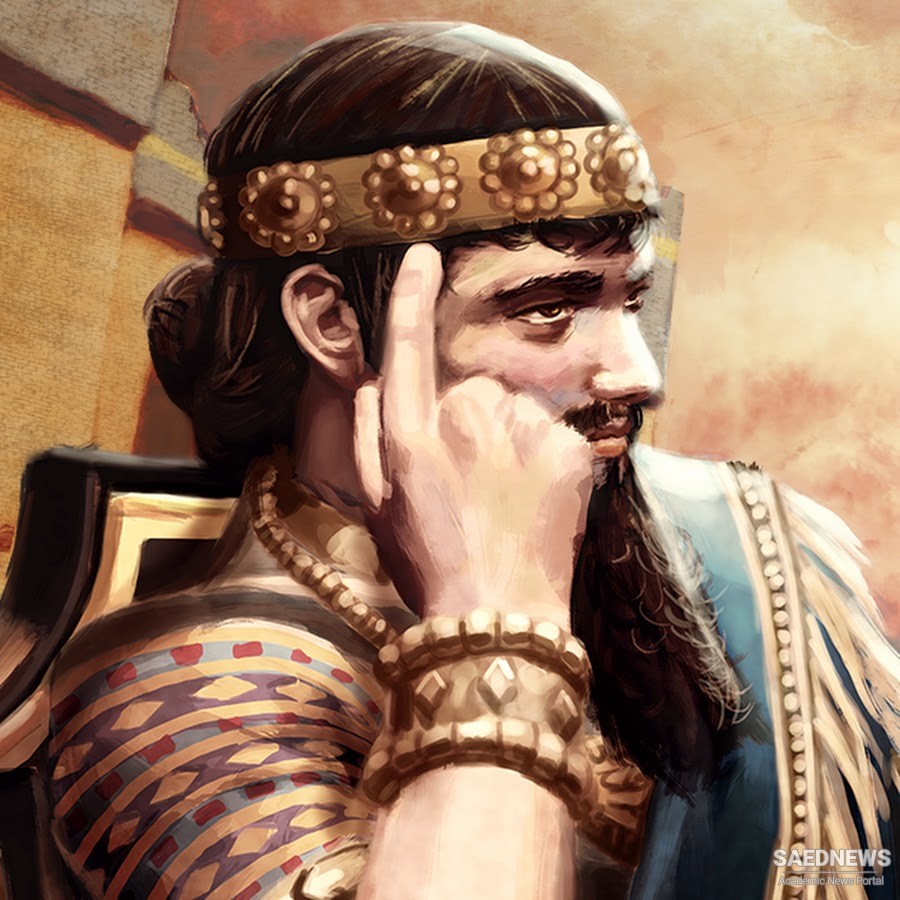He was the first of a long line of empire-builders; he has been thought to have sent his troops as far as Egypt and Ethiopia and he drew Sumer into a wider world. Akkad took cuneiform from Sumer and Sargon’s rule was not based on the relative superiority of one city-state to another. His regime achieved some degree of integration. His people were among those which for thousands of years pressed in on the civilizations of the river valleys from outside. They took over from its culture what they wanted as they imposed themselves. This left behind a new style of Sumerian art marked by the theme of royal victory.
The Akkadian empire was not the end of Sumer, then, but its second main phase. Though itself an interlude, it was important as an expression of a new level of organization. By Sargon’s time a true state has appeared. The division between secular and religious authority which had appeared in old Sumer was fundamental. Though the supernatural still interpenetrated daily life at every level, lay and priestly authority had diverged. The evidence is physically apparent in the appearance of palaces beside the temples in the Sumerian cities; the authority of the gods lay behind the occupant of the palace, too.
Obscure though the turning of the notables of early cities into kings remains, the evolution of professional soldiery probably played a part in it. Disciplined infantry, moving in a phalanx with overlapping shields and levelled spears, appear on monuments from Ur. In Akkad there is something of a climax to early militarism. Sargon, it was boasted, had 5, 400 soldiers eating before him in his palace. This, no doubt, was the end of a process which built power on power; conquest provided the resources to maintain such a force. But the beginnings may again have lain originally in the special challenges and needs of Mesopotamia. As population rose, one chief duty of the ruler must have been to mobilize labour for big works of irrigation and fl ood control. The power to do this could also provide soldiers, and, as weapons became more complex and expensive, professionalism would be more likely. One source of Akkadian success was that they used a new weapon, the composite bow made of strips of wood and horn.
The Akkadian hegemony was relatively short. After 200years, under Sargon’s great-grandson, it was overthrown, apparently by mountain peoples called Gutians, and the last phase of Sumer, called ‘neo-Sumerian’ by scholars, began. For another 200years or so, until 2000 BC , hegemony again passed to the native Sumerians. This time its centre was Ur and, though it is hard to see what it meant in practice, the first king of the Third Dynasty of Ur who exercised this ascendancy called himself King of Sumer and Akkad. Sumerian art in this phase showed a new tendency to exalt the power of the prince; the tradition of popular portraiture of the archaic period almost vanished. The temples were built again, bigger and better, and the kings seem to have sought to embody their grandeur in the ziggurats. Administrative documents show that the Akkadian legacy was strong, too; neo-Sumerian culture shows many Semitic traits and perhaps the aspiration to wider kingship reflects this inheritance. The provinces which paid tribute to the last successful kings of Ur stretched from Susa, on the frontiers of Elam on the lower Tigris, to Byblos on the coast of Lebanon.


 Sumer Civilization and Its Evolution
Sumer Civilization and Its Evolution














































